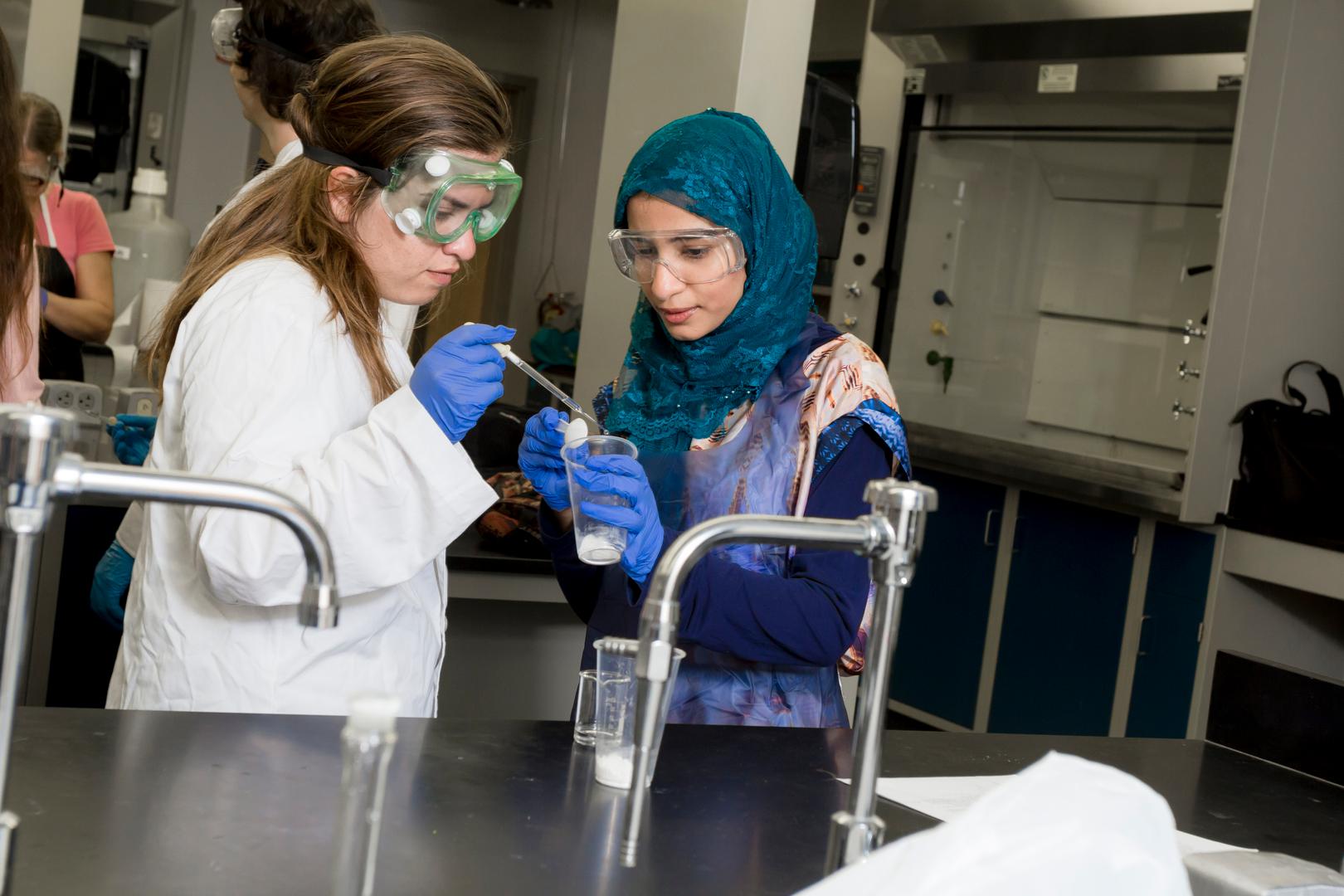Document Type
Article
Publication Title
Environmental Science & Technology
Abstract
This study investigated the possible natural formation of silver nanoparticles (AgNPs) in Ag+ −fulvic acid (FA) solutions under various environmentally relevant conditions (temperature, pH, and UV light). Increase in temperature (24−90 °C) and pH (6.1−9.0) of Ag+ −Suwannee River fulvic acid (SRFA) solutions accelerated the appearance of the characteristic surface plasmon resonance (SPR) of AgNPs. The rate of AgNP formation via reduction of Ag+ in the presence of different FAs (SRFA, Pahokee Peat fulvic acid, PPFA, Nordic lake fulvic acid, NLFA) and Suwannee River humic acid (SRHA) followed the order NLFA > SRHA > PPFA > SRFA. This order was found to be related to the free radical content of the acids, which was consistent with the proposed mechanism. The same order of AgNP growth was seen upon UV light illumination of Ag+ −FA and Ag+ −HA mixtures in moderately hard reconstituted water (MHRW). Stability studies of AgNPs, formed from the interactions of Ag+ −SRFA, over a period of several months showed that these AgNPs were highly stable with SPR peak reductions of only ∼15%. Transmission electron microscopy (TEM) and dynamic light scattering (DLS) measurements revealed bimodal particle size distributions of aged AgNPs. The stable AgNPs formed through the reduction of Ag+ by fulvic and humic acid fractions of natural organic matter in the environment may be transported over significant distances and might also influence the overall bioavailability and ecotoxicity of AgNPs.
First Page
757
Last Page
764
DOI
10.1021/es302305f
Publication Date
12-13-2012
Recommended Citation
Adegboyega, N. F., Sharma, V. K., Siskova, K., Zbořil, R., Sohn, M., Schultz, B. J., & Banerjee, S. (2012). Interactions of aqueous Ag+ with fulvic acids: Mechanisms of silver nanoparticle formation and investigation of stability. Environmental Science & Technology, 47(2), 757-764.


